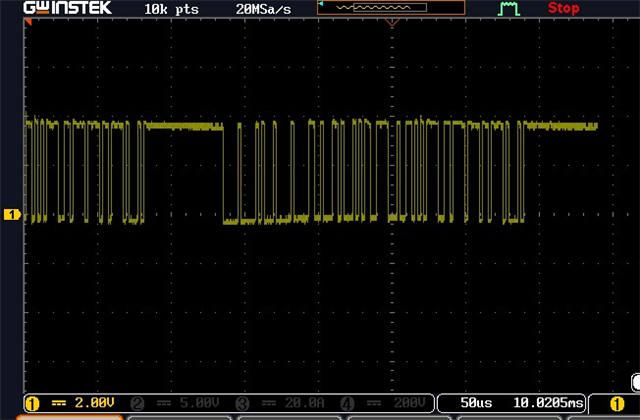Hi,
I am working on CAN communication with the F28379D and the F28377S. I have run some code composer examples like the can_simple_transmit or the can_external_transmit. I have configured the F28379D with CAN_B and the other with CAN_A, with the oscilloscope I can see the data transmission of the CAN_B but I can not see in the CCS the data arrival. It is as if the receiver was not listening to me.
Perhaps you can help me with this information, I have read some forums and I have downloaded some codes but I have the same problem.




